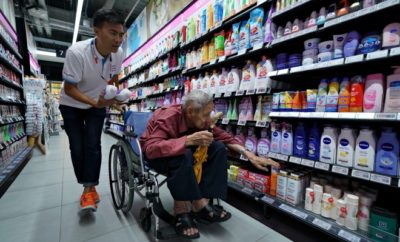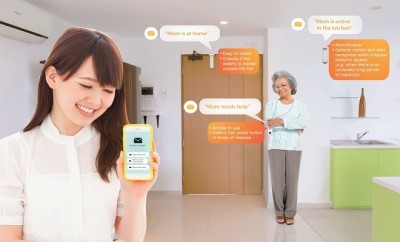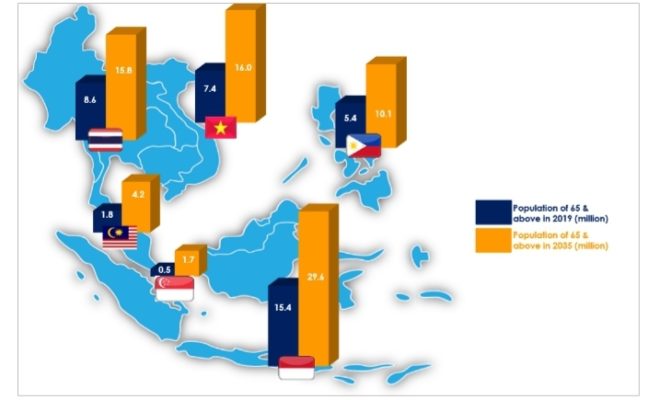
Insights + interviews
Emerging trends, product categories and problems for the Silver industry in Southeast Asia
SEA has long established itself as a familiar, investor-friendly region for international companies. In recent years, and in particular with the current geopolitical tensions between the USA and China, SEA acts as an alternative investment location and a neutral hub for managing pan-Asian operations.
Across Southeast Asia, the population aged 65 years and above is predicted to double from 2019 to 2035 for some countries. While Indonesia currently has the highest number of elderly residents, Singapore and Thailand will soon catch up and both countries will have the highest proportion of elderly residents by 2035.
Source: Worldometers, Statista 2019 and Spire estimates
Emerging silver sectors in SEA
With such a rapidly growing number of seniors, SEA has become a major source of revenues for elder-friendly products and services. The region is seeing growing pressure to finance, support, and employ the increasing number of seniors.
Some the rising categories in this fast-growing sector are:
- Healthcare (including geriatric and palliative care, private healthcare and telehealth);
- Intermediate and long-term care (including home-care, nursing homes and assisted living);
- Active aging (including anti-aging products, elder-friendly home improvements, disposables and wearable technology); and
- Elder-care productivity solutions (IoT, Robotics, training, etc).
Spire’s research has identified the top two categories with the highest potential as:
- Nursing homes, specifically –
- New technologies: Wearables for the elderly such as activity trackers and senior safety systems.
- Innovations: Telemedicine, with tele-consultants providing medical assistance to the elderly at care homes with less cost and no need for travel.
- Business models: The incorporation of digitization of senior care and IoT in elder-care facilities.
- Healthcare (hospitals and clinics), specifically:
- New technologies: (1) There is a growing demand for patient engagement as education and healthcare literacy rises. (2) Patient portals are automated systems for ordering tests that use personal action plans and trigger patients to go for tests or see their doctors.
- Innovations: Virtual Reality Experiences may be an area for innovation in the coming years, with a focus on alleviating isolation and promoting wellness.
- Business models: Hospitals will need to leverage ever-larger pools of data to forecast health trends and recommend services and actions for patients.
Barriers faced in the adoption of technology and innovation
Despite the growing silver industry demand, some barriers hinder the diffusion of technology and innovation in these sectors.
One such barrier lies in the healthcare financing systems prevalent in the different SEA countries, which determine the affordability of innovative solutions. The financing system may explain why technology and innovation have not been embraced in SEA’s elder-care space to the same extent as in Japan and Korea.
Some of the serious barriers to technology adoption and innovation are as follows.
- Nursing homes:
- The cost of innovation is high in SEA; local R&D and production is limited.
- State financing schemes for nursing care are less well developed, limiting the potential base for the deployment for new technologies.
- Healthcare (hospitals and clinics):
- High-tech innovations are mainly found in a small number of private specialty hospitals, not in the general tertiary care sector.
- Weak pension systems and patchy health insurance limit access to quality care in countries such as the Philippines and Thailand.
Taking a closer look at Singapore and Thailand as case studies may shed light on the trends in this space in SEA.
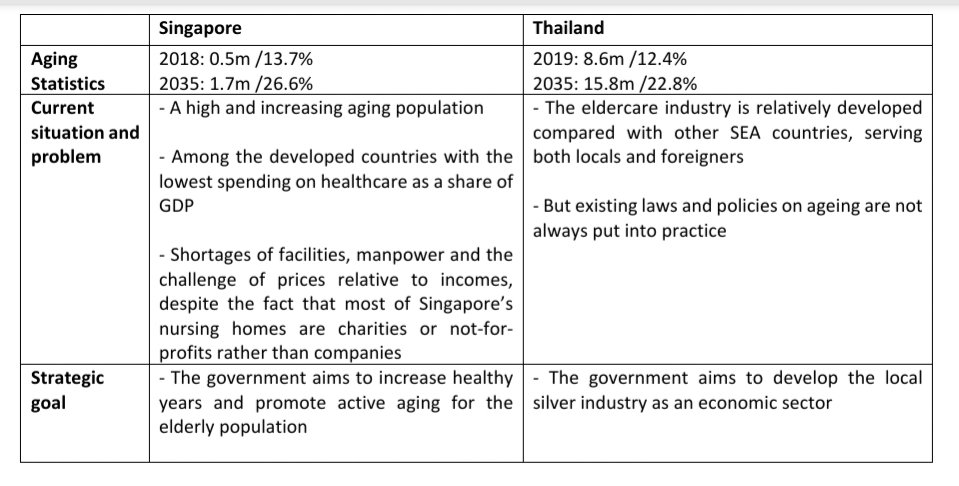
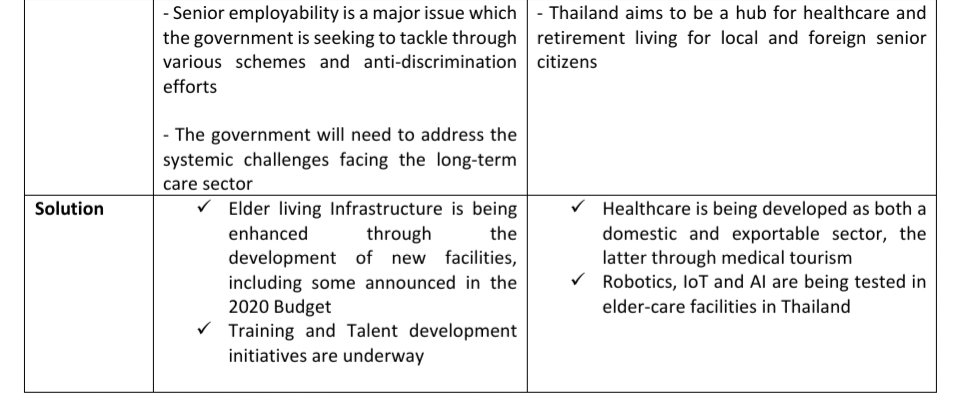
Going forward, SEA countries need to reform their elder-care financing systems and do more to nurture domestic innovation and R&D.
SEA countries need to learn from the Japanese and Koreans without blindly copying them, since what worked in these countries may not work in a different cultural context. Domestic innovation is critical, so as to deliver elder-care and active aging solutions in SEA that are affordable, practical and relevant in the local cultural context.
This article was contributed by Leon Perera, CEO, Spire Research and Consulting
The full report, and more information is available at Spire Research and Consulting’s website.

